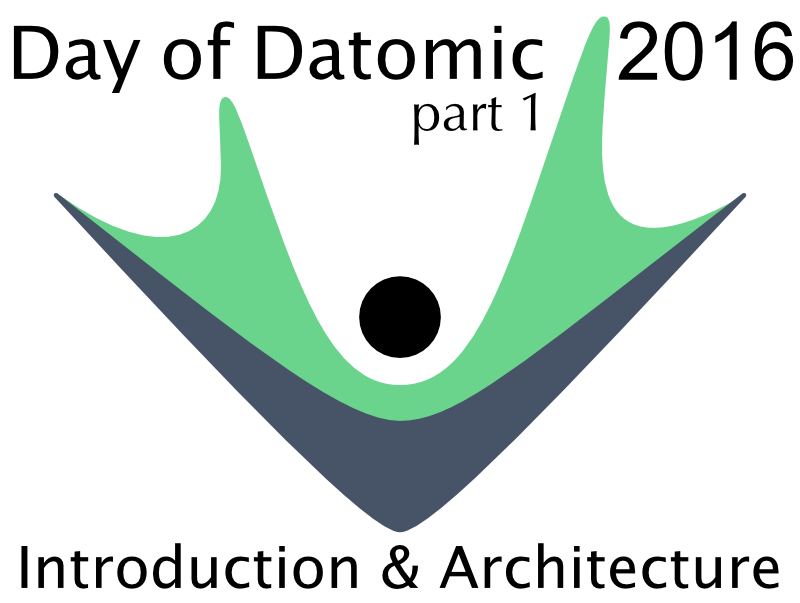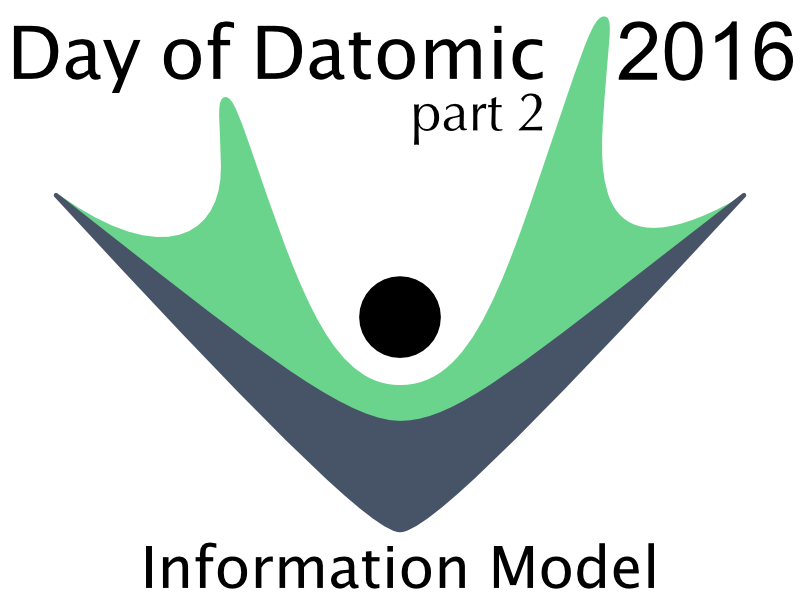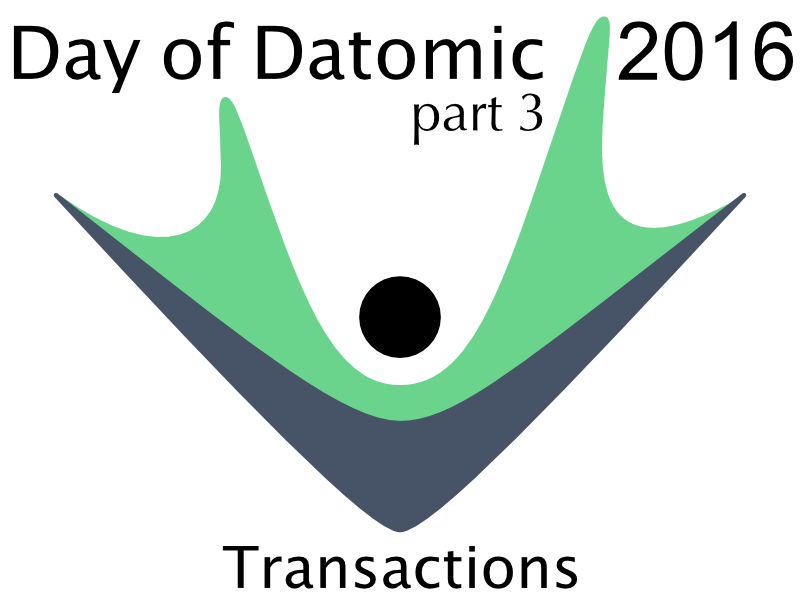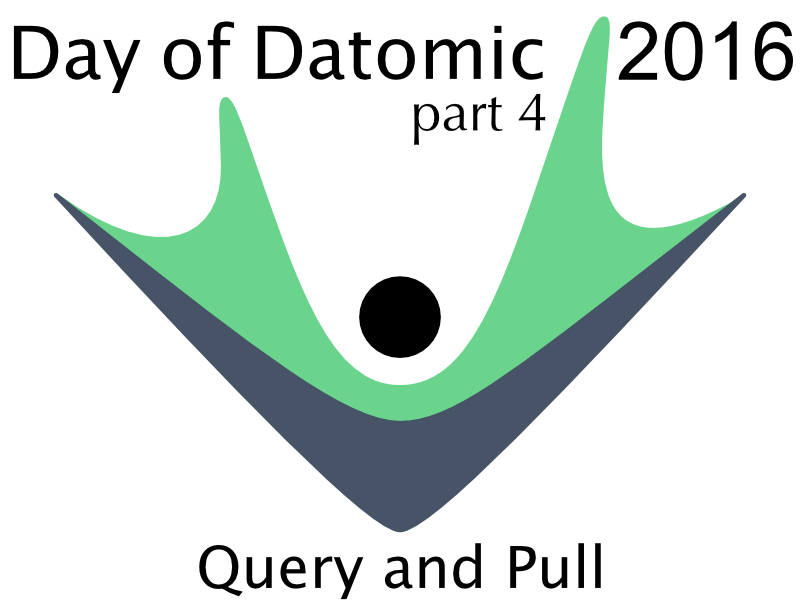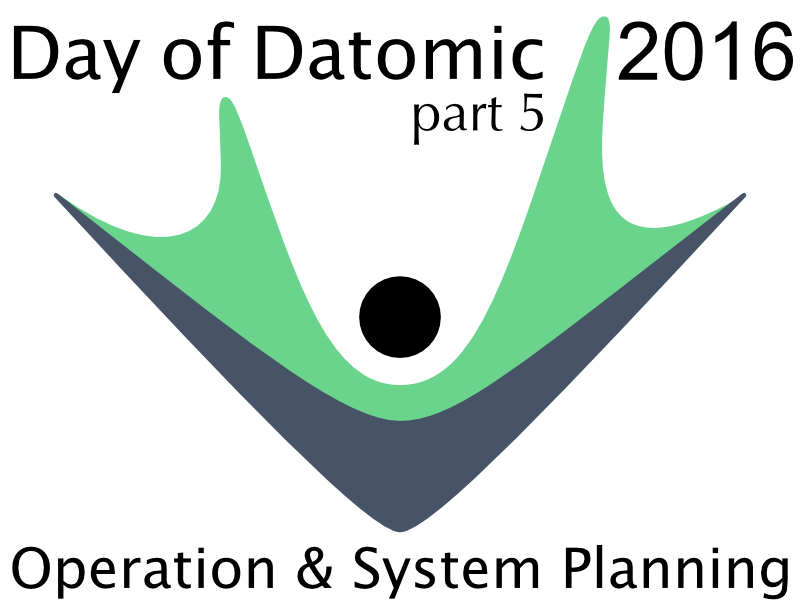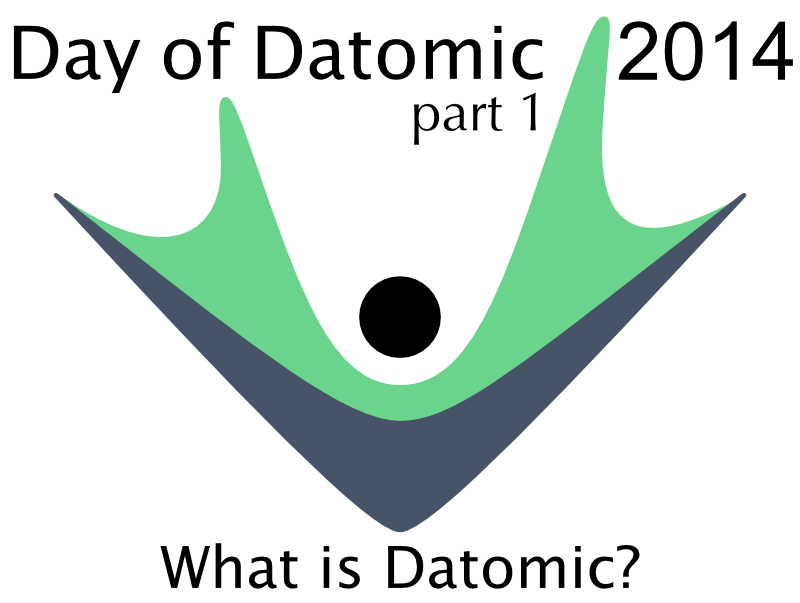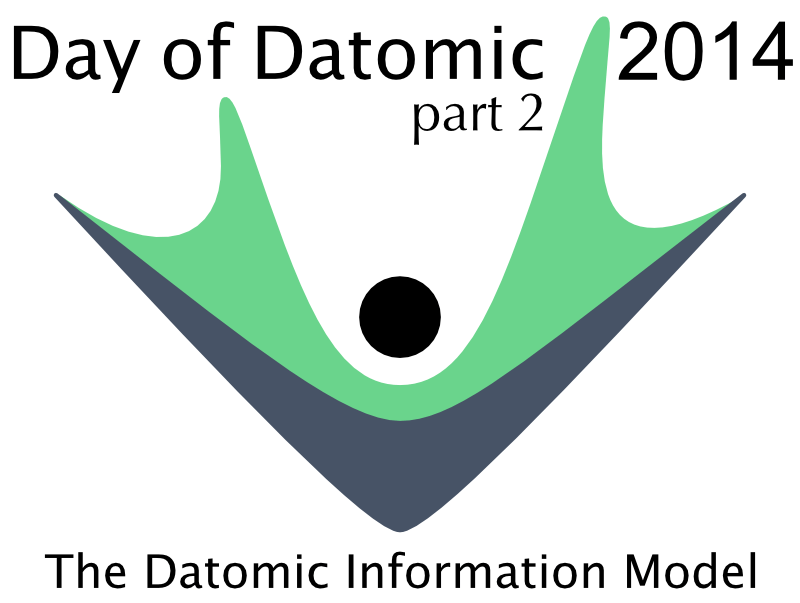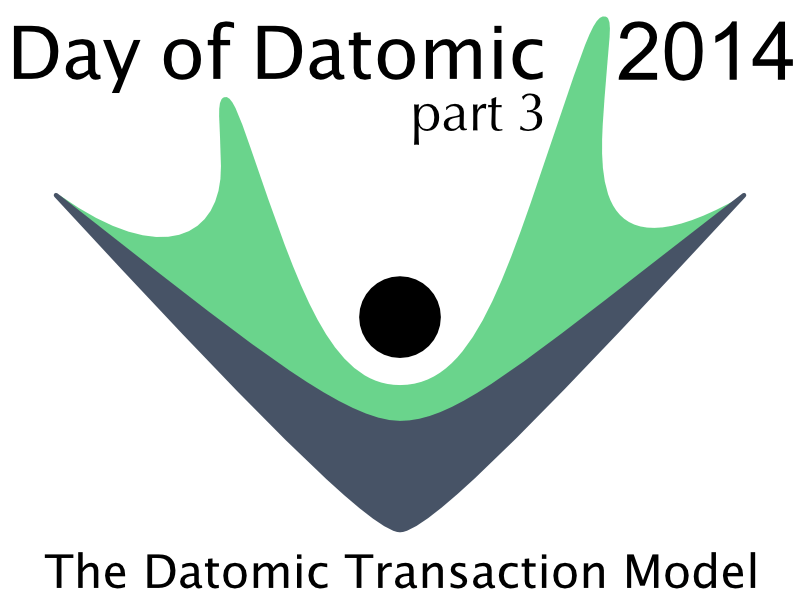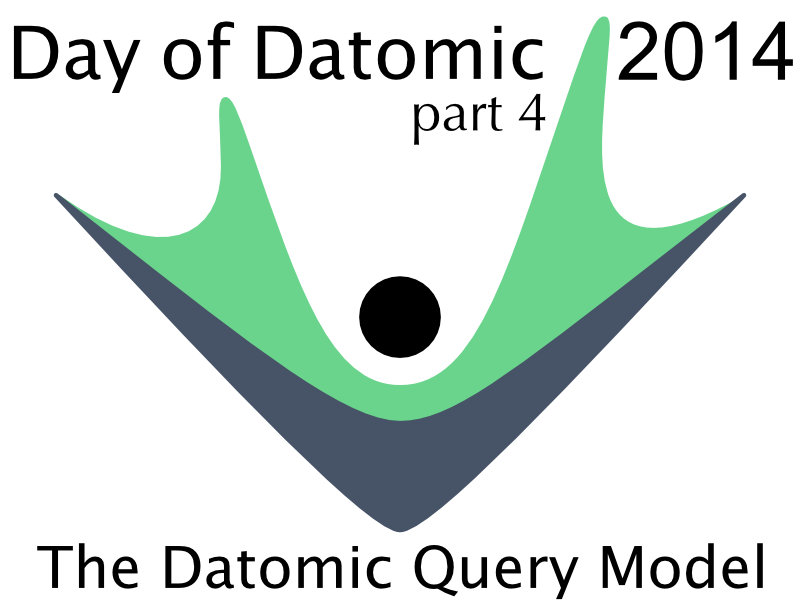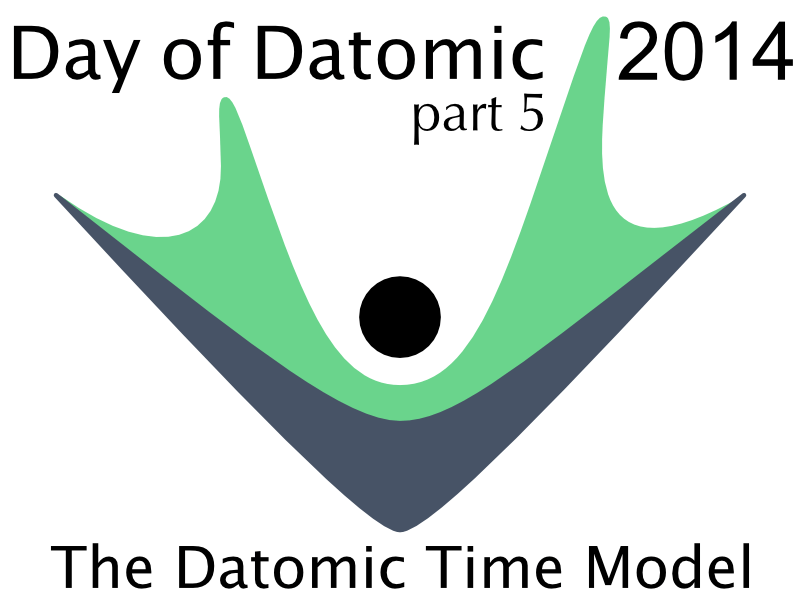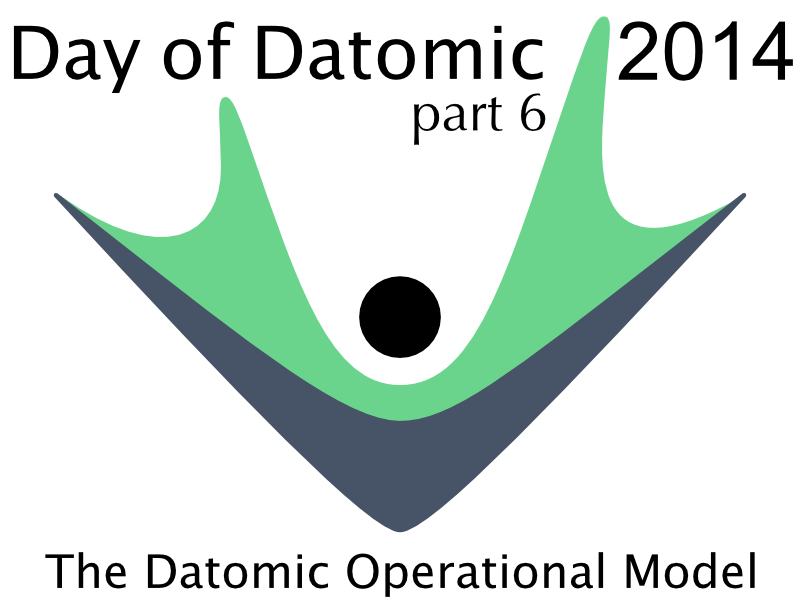Day of Datomic
Day of Datomic 2016
This Day of Datomic series provides an overview of Datomic using the Client library for examples and workshops.
In this video series Stu Halloway presents the fundamentals of Datomic. Divided into five parts, these videos contain everything you need to know to get started with Datomic. You can download the classroom materials and samples to accompany the videos.
Part I: Introduction & Architecture
Part II: Information Model
Part III: Transactions
In the third video of the series, Stu covers the Datomic transaction model. This session covers Datomic's ACID transactions and how Datomic allows you to group datoms into entities. Stu also discusses how Datomic handles identity and the related question of uniqueness. This session ends with a discussion of database functions and reified transactions.
Part IV: Query and Pull
Part V: Operation & System Planning
The final video in the Day of Datomic series covers the operational characteristics of Datomic and the issues you should be aware of when planning your Datomic system. Stu also covers caching in Datomic, indexes, and the indexing process, choosing a storage service, and monitoring your Datomic system. This session was completed with a discussion of Datomic capacity planning.
Day of Datomic 2014
This Day of Datomic series provides an overview of Datomic using the Peer library for examples and workshops.
In this video series, Stu Halloway presents the fundamentals of Datomic. Divided into six parts and totaling about four hours, these videos contain everything you need to know to get started with Datomic. You can also download the classroom materials and samples to accompany the videos, as well as the original slides.
Part I: What Is Datomic?
Part II: The Datomic Information Model
Part III: The Datomic Transaction Model
With the basics out of the way, Stu now moves on to the Datomic transaction model. In this video, we will see how Datomic is an old-school ACID database, and how Datomic allows you to group datoms into entities. Stu will also discuss how Datomic handles identity and the related question of uniqueness. Finally, Stu will cover database functions, functions that run inside of a transaction.
Part IV: The Datomic Query Model
Part V: The Datomic Time Model
Moving on from query, Stu now turns towards the Datomic view of time, which brings us back to transactions and how to use the Datomic log API and filters to navigate through your data. Stu also talks about how to use `sync` to correlate activity across multiple peers. Finally, Stu talks about permanently removing data from Datomic using excision.
Part VI: The Datomic Operational Model
In this final video, Stu covers the operational characteristics of Datomic along with the issues that you need to be aware of when planning your system. Stu also covers caching in Datomic, as well as indexes and the indexing process, choosing a storage service, and monitoring your Datomic system. Finally, Stu finishes out with a discussion of Datomic capacity planning.

